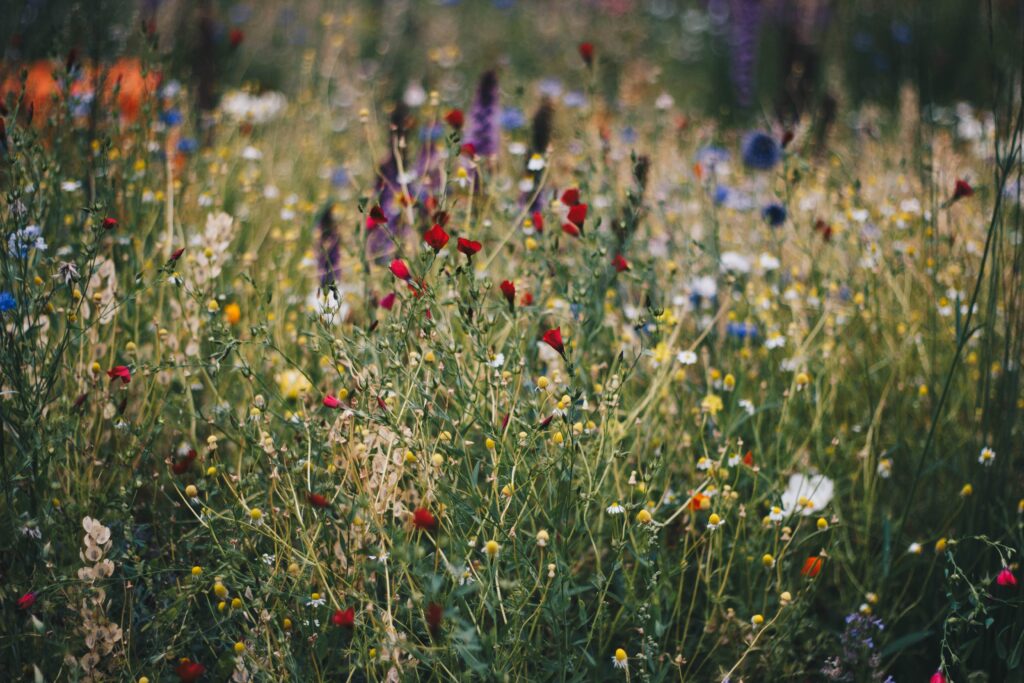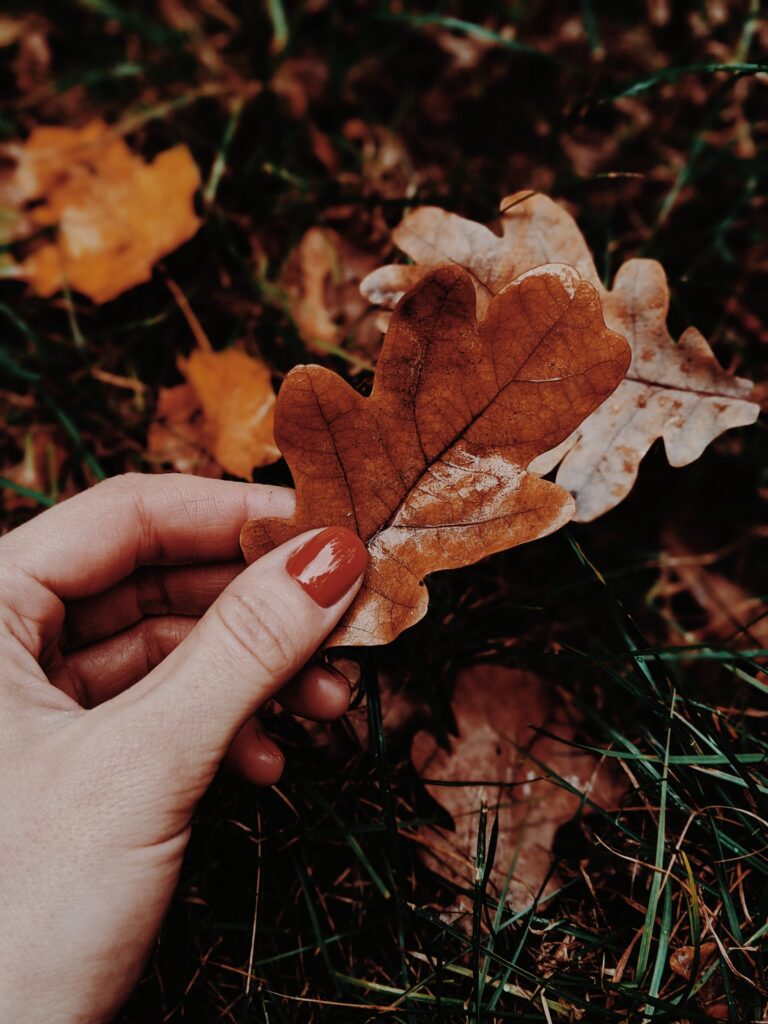
City of Ottawa – Budget 2024
The City has dedicated a section of their website to this year’s budget process. It includes a short video that explains the ways you can provide input.
Municipalities are responsible for many services that affect our day to day lives like public transit, libraries, Bylaw, Fire and Paramedic services and infrastructure like roads and active transit. Their main source of revenue is property tax.
You can find many articles that explain the dilemma of cities being responsible for more services than they have the capacity to fund:
- CBC: As Ontario rolls in tax dollars, why are its cities so cash-strapped?
- Canadian Union of Public Employees (CUPE): Fair taxes and municipal revenues
- Mowat Centre: A taxing problem: Canadian cities desperately need new sources of revenue
If you would like to attend an in-person consultation, there is an east end consultation on November 18, 12:30pm to 2pm, at Ray Friel Recreation Complex (1585 Tenth Line).
Councillor Dudas invites residents to complete the survey on her website, which gives you the opportunity to signal your top 5 highest priorities and your 5 lowest priorities when it comes to the municipal budget, as well as to directly state whether you prefer to keep property taxes low at the cost of underfunded municipal services.

‘Tis the Season for Craft Fairs
If you would love to support local makers this year, check out one of the many craft fair offerings around Orléans:
- Orléans United Church Christmas Bazaar November 18
- Stray Dog Holiday Bazaar November 19
- Cairine Wilson Annual Craft Fair November 18
- Orléans Holiday Arts Market at Shenkman December 2 and 3
- Cumberland Farmer’s Market Christmas Market December 3

Santa’s Parade of Lights 2023
The parade is back this year, and you can join in the fun on Saturday November 25th at 6pm. The parade will run along St-Joseph Boulevard from Youville Drive to Place d’Orléans. You can find out more information or register your float here: https://paradeoflights.org/

CGOWCA Strategic Planning Underway
Earlier this year, the Convent Glen Orléans Wood Community Association (CGOWCA) surveyed residents to better understand what issues are most important to them. The survey asked questions about many topics, including community priorities, public transportation, the community’s outdoor ice rink and recreational programming. Thank you to everyone who participated in the survey and submitted your views and ideas.
The CGOWCA Board has conducted an initial review of survey responses and has started a series of strategic planning sessions to develop the association’s multi-year strategic plan. This plan will help shape the association’s direction and priorities in the upcoming years. The Board will present its strategic plan at the next CGOWCA Annual General Meeting in September 2024.

Better Homes Ottawa Loan Program
The City of Ottawa’s Climate Change and Resiliency team reached out to the CGOWCA to share information about the Better Homes Ottawa Loan Program. This municipal program, delivered in partnership with EnviroCentre, provides loans directly to homeowners to undertake energy efficiency and climate resiliency home improvements. More details on the program can be found on the Better Homes Ottawa website.
The City hosts online information sessions providing an overview of this program, as well as the other rebate and financial support programs available to homeowners looking to make sustainable home improvements. Information and registration:

Native Plant Seed Giveaways
Check out the Ottawa Wildflower Seed Library’s free seed giveaway at Ray Friel Recreation Complex on November 18th. Join our CGOWCA Environment Committee members to learn about native plant gardening and receive free native seeds for winter sowing. No gardening experience required!
November 18: 1:00-2:30 at Ray Friel Recreation Complex, 1585 Tenth Line Rd.
Visit the Ottawa Wildflower Seed Library website for more information about other events, to see the seed catalogue, and to shop for garden signs and magnets.

Enviro Committee: Rethink our Autumn yard clean up practices
Nadia Ouellette (author)
As the air is getting crisper and the days shorter, many homeowners and gardeners are getting the last of their plants into the ground and starting to prepare the home/garden for winter.
Most of us have grown up with the common practice of raking up and removing all leaves and dead plants from our properties. Many of us dutifully partake in these tasks not realizing the detriment to our gardens and to the environment.
Here are four ways that we can help our yards and the environment as we prepare for winter:
Leave the leaves – According to the Xerces Society, this is one of the most valuable things we can do for pollinators who spend their winters here. Most butterflies spend the winter in Canada. Some, such as the Morning Glory butterfly, spend the winter as an adult, others survive the winter as eggs, caterpillars or chrysalis. They all depend on leaves to provide shelter and nutrition while they persevere in our harsh winters. Fallen leaves become the first food source for caterpillars in the spring. Many cocoons can actually look like leaves, and we may unknowingly rake up and dispose of butterflies when we dispose of our leaves. Bees, spiders, snails, worms and beetles also depend on the leaves.
- Leaves are a free source of mulch! As they decompose, they provide organic material to feed our lawns and gardens which saves you money on chemical feeders. A layer of leaves has been shown to have the same weed suppressing and moisture retention abilities as a layer of wood mulch. Leaves are free and abundant, raking a pile around your ornamental plants can save you both time and money. Ideally the leaves should not be shredded as you may be harming beneficial insects that are hiding in the leaves.
- Packing leaves into bags increases work for both the homeowner and the city and increases gas emission (we need trucks to transport these bags of leaves). It is literally a waste because our gardens no longer benefit from this free resource and many of us then go out and spend money on compost or fertilizer to aid our gardens.
- If you aren’t ready to leave all of the leaves in your yard, what about designating a small part of your garden and piling the leaves around your plants?
Leave dead flowers standing (don’t deadhead) – One of the best ways we can support migrating and overwintering birds is to leave seed heads on flowers. This is an important source of food for birds like gold finches. Instead of dead heading your flowers, you can save precious time and do nothing at all. This will invite more birds to your garden over the winter who need this precious source of food to help with our harsh climates.
- Our native bees do not form hives and many require the hollow stems of plants for shelter throughout the winter. Small carpenters bees carve out their nest in dead raspberry canes or other flower stems. They often do this a few centimeters away from where they have been collecting pollen all summer.
- As these plants decompose they will break down into organic material which improves the texture of the garden soil. Nutrients from the dead roots will remain in the soil and be used to feed other plants. The dying roots also create space for air and water to permeate. These plants are a free source of compost to feed the garden and can save you money from buying more compost or fertilizer.
- If you aren’t yet comfortable with leaving flower heads, consider leaving the cut stems by the base of the plants. They will be out of your sight once hidden by snow and still provide a home for overwintering bees.
Chop and drop weeds – as you are removing weeds you can chop up the stems and leaves and use them to feed and mulch your garden. They will provide essential nutrients such as potassium, phosphorous and nitrogen to your garden plants. It is a free and environmentally friendly way to improve soil quality.
Spread the word – Consider posting a sign in your yard such as the one offered by the Xerces society. This can help explain your garden to curious community members and can help to inform others of the benefits to leaving leaves. Most of us are just doing what we saw our parents do and may not realize there are better options.
- You can also spread the word on social media with the hashtag #LeaveTheLeaves
Changing our gardening practices benefits nature but it often saves us precious time and money which are scant resources for most of us. It’s a win-win situation all around!


1 ping
[…] raking and disposing of leaves. Last November, our newsletter highlighted the benefits of leaving the leaves. The effort to remove leaves from your property is harmful to pollinators, but well-meaning people […]